Schirn Kunsthalle Frankfurt
The SCHIRN KUNSTHALLE FRANKFURT is one of most important exhibition venues in Europe. Since opening in 1986, it has presented more than 270 exhibitions on around 2,000 m² of floor space and can boast a total of more than 10 million visitors. The SCHIRN focuses on art-historical and historico-cultural themes, discourses, and trends from a contemporary perspective. Its range of offers is multifaceted, international, and progressive; it attempts to open up new points of view and to break open traditional patterns of reception. The exhibitions are devoted in equal measure to contemporary stances in art and art of the modern era.
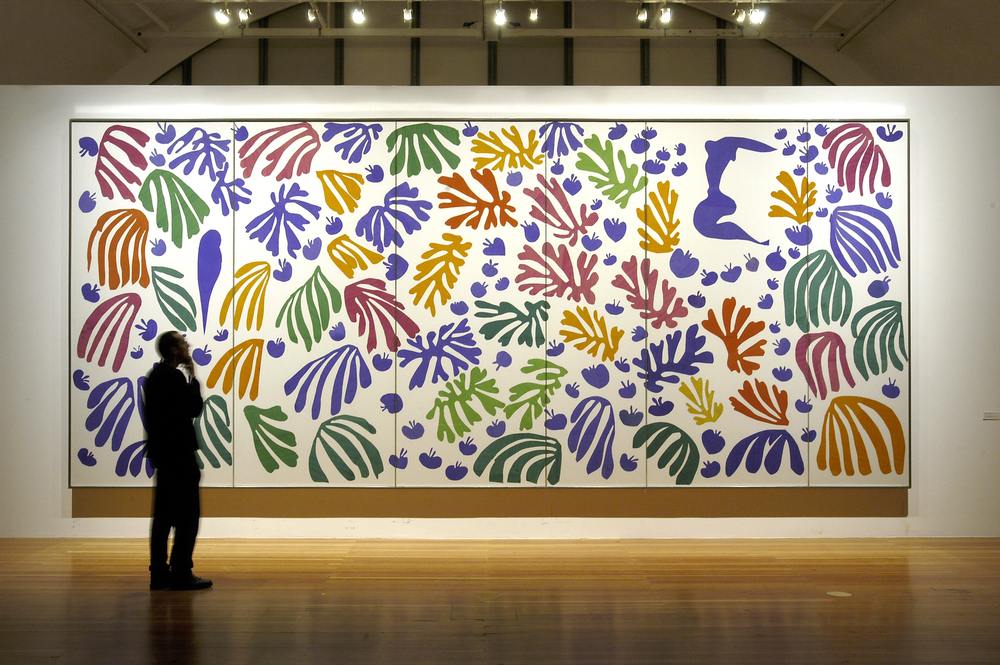
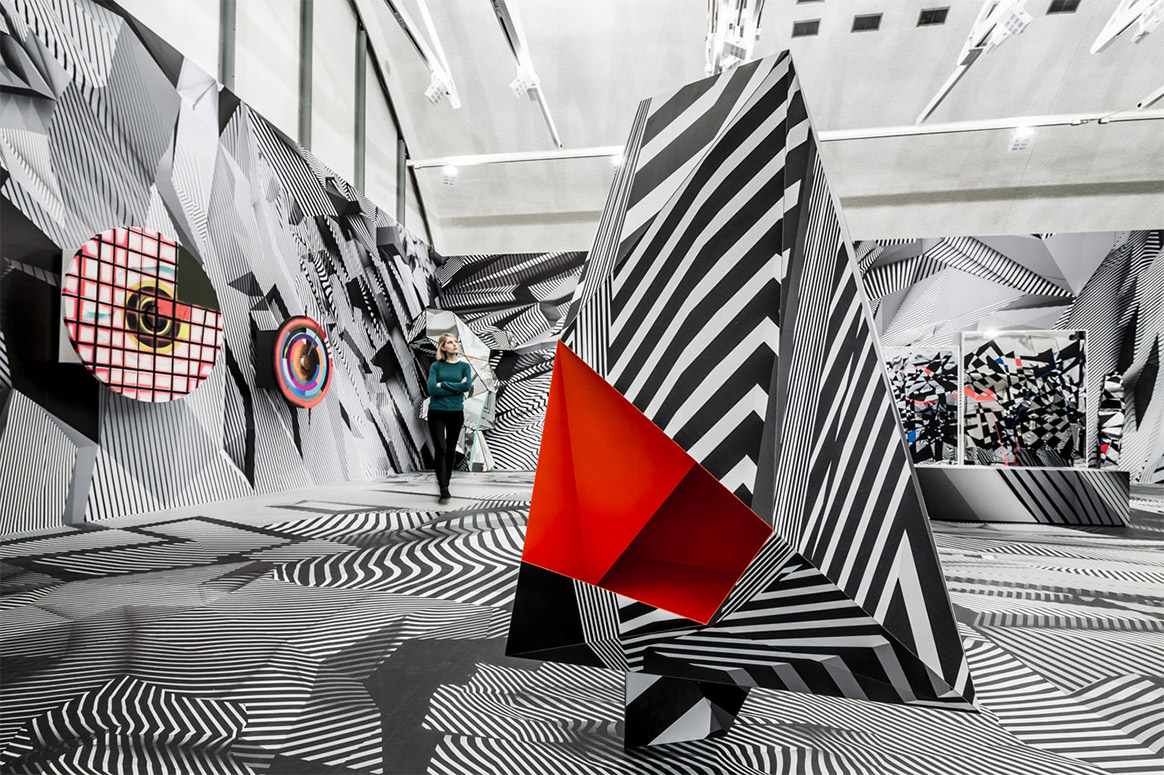
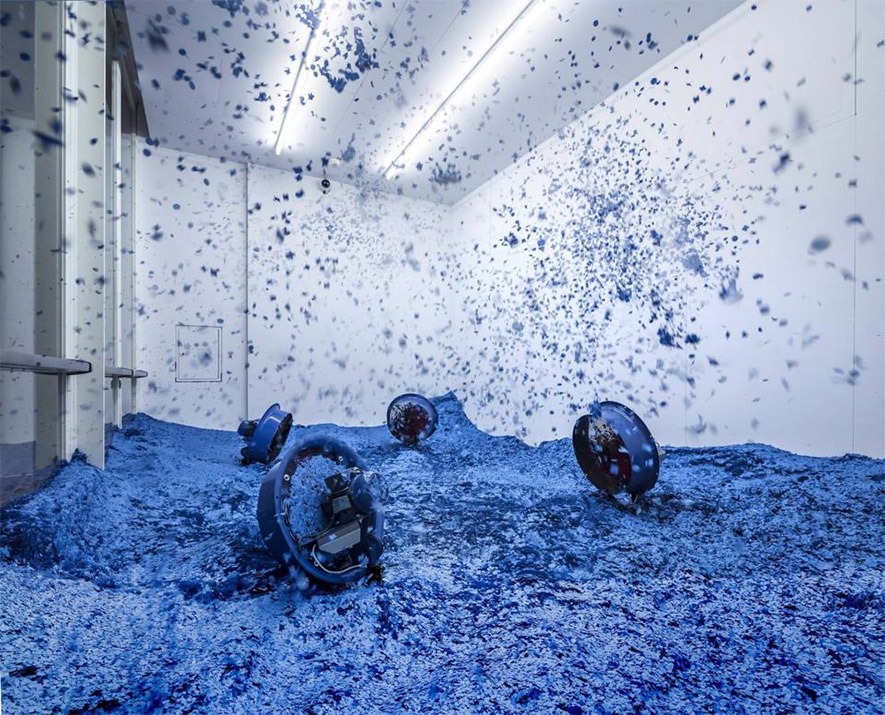
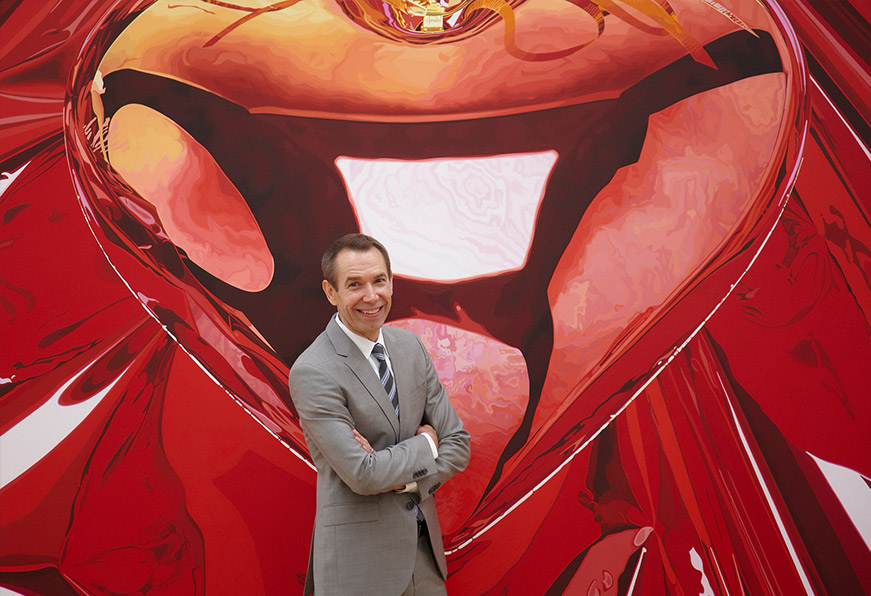
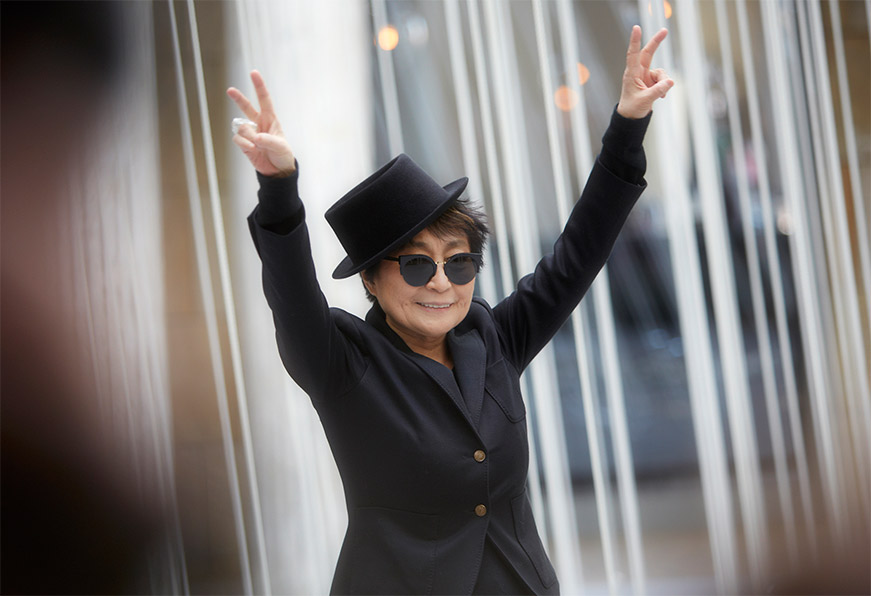
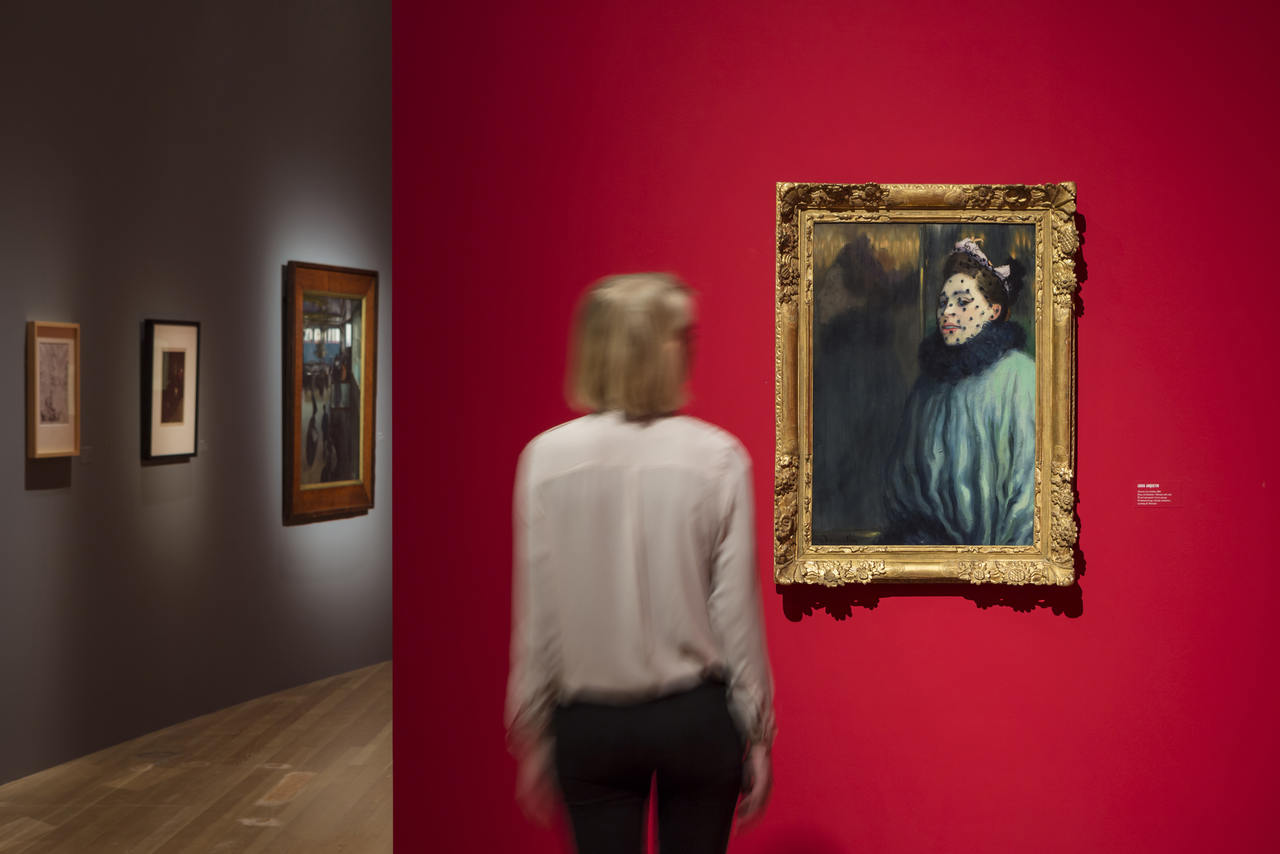
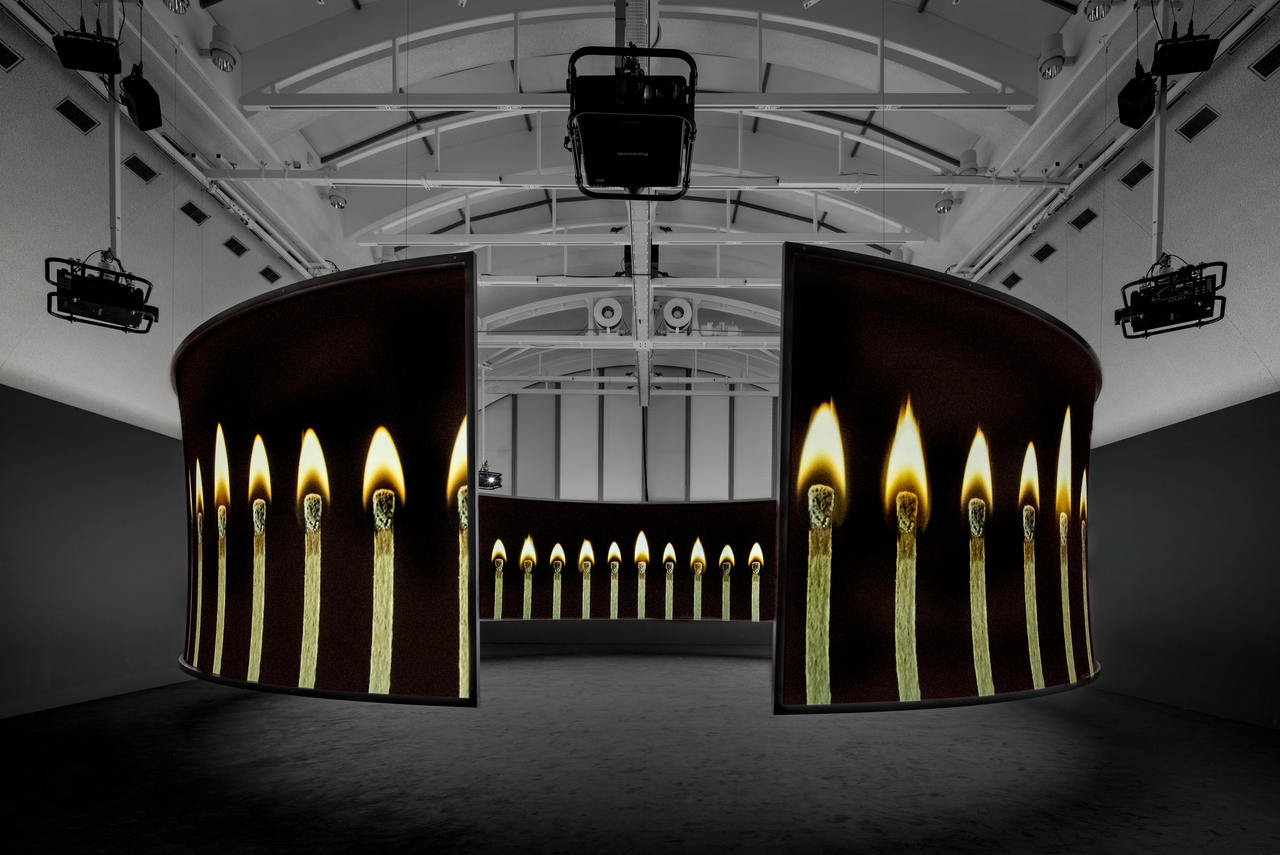
PLACE OF EXCITING DISCOVERIES
The SCHIRN strives to offer visitors an original, sensory exhibition experience and opportunities for active involvement with the works on display. This calls for modern and targeted education and communication measures geared toward all age groups, such as a permanent games and learning circuit, the MINISCHIRN, or the digitorial, an innovative way to prepare oneself for visiting an exhibition. For years, the SCHIRN has also been a pioneer in digital communication in the area of culture with its comprehensive SCHIRN MAGAZINE as well as with its multifaceted activities on all of the social media channels.
The SCHIRN pushes space- and time-related boundaries, time and again rethinks things, extends the exhibition space to include the Internet, and provides exhaustive WIFI and progressive digital communication offers free of charge. As one of the most outstanding art institutions in all of Europe, it has also been a constant in Frankfurt’s cultural life, a place were interested citizens, patrons and partners, young or established artists, committed friends, as well as people from throughout the world come together. The SCHIRN is not a temporary museum—not in terms of its content-related orientation, presentation design, or its art-historical approach. As an institution without a collection it is the SCHIRN's responsibility to develop well-founded suggestions from a contemporary perspective. This promotes a discourse that can be taken up again by museums.

The SCHIRN KUNSTHALLE FRANKFURT has presented major surveys dedicated to radical turn-of-the-century Austrian art, to pioneering artistic positions ranging from Expressionism and Dadaism to the Surrealist object art by Dalí and Man Ray, as well as dealt for the first time with female artists of the Impressionist movement. The world of bohemian life in Paris became visible in “Esprit Montmartre,” and “German Pop” demonstrated how surprising the specifically German version of Pop Art is. Light was also shed on sociohistorical and historico-cultural subjects such as “Shopping—A Century of Art and Consumer Culture,” “Privacy,” the visual art of the Stalin period, or New Romanticism in contemporary art; other presentations revealed the influence of Charles Darwin’s theories on art of the nineteenth and twentieth centuries, or the intriguing causalities between artists of the modern era and self-proclaimed “prophets” of this period. Large-scale solo exhibitions dealt with the oeuvres of artists such as Carsten Nicolai, Odilon Redon, Edward Kienholz and Nancy Reddin-Kienholz, Edvard Munch, Jeff Koons, Gustave Courbet, Yoko Ono, Théodore Géricault, Philip Guston, and Helene Schjerfbeck. Jan De Cock, Jonathan Meese, John Bock, Mike Bouchet, Tobias Rehberger, and Doug Aitken developed new exhibitions especially for the SCHIRN.
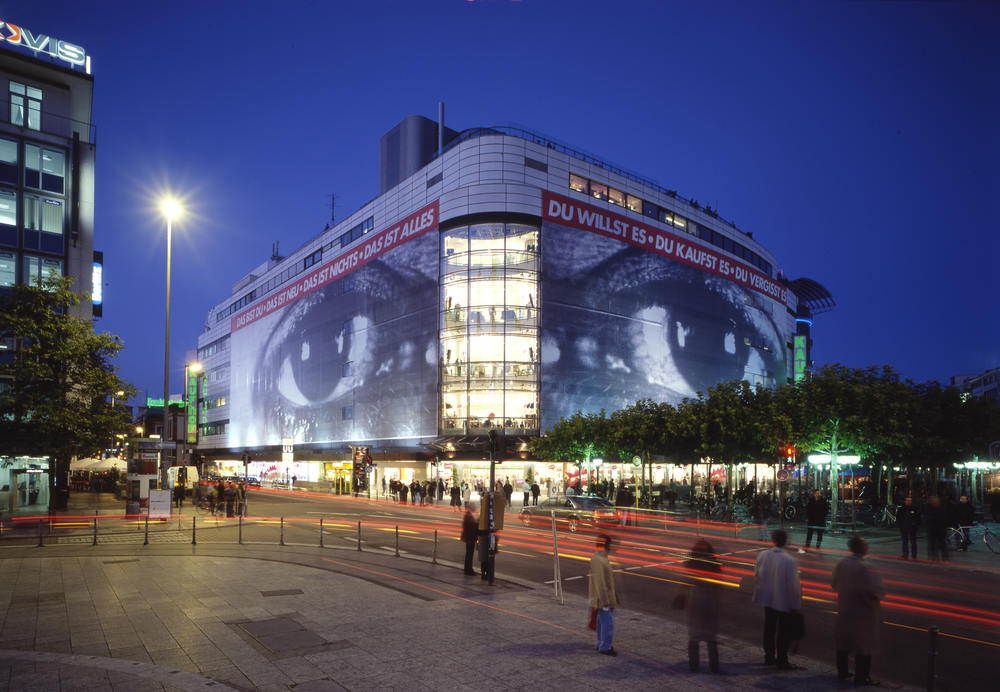
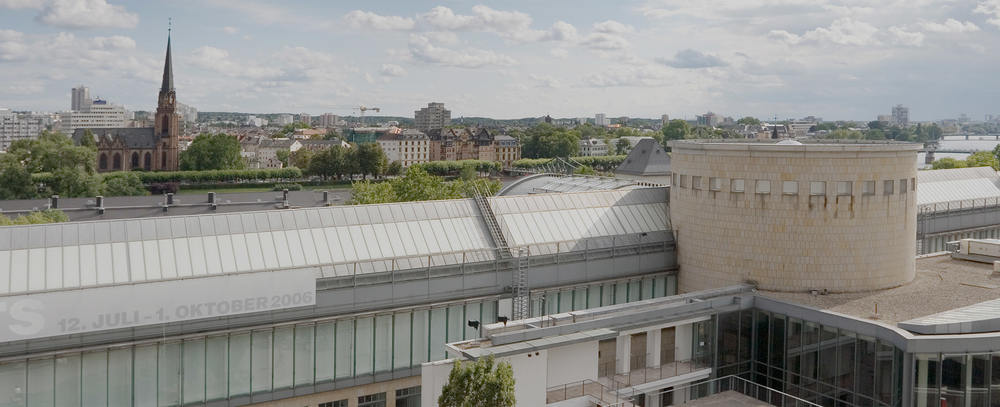
History and Founding
The SCHIRN KUNSTHALLE FRANKFURT was built at the edge of the historical path between the Römer and the cathedral that future emperors ceremoniously paced down on their way to their coronation in the Middle Ages. Butchers sold their goods here at open stands, so-called “schrannen” or “schirnen”, to which the SCHIRN owes its name. After World War II and the destruction of the historical city in center 1944, the ensemble had disappeared. The area lay fallow for nearly forty years until the SCHIRN complex, which was designed by the architects Bangert, Jansen, Scholz & Schultes, filled the vacant lot between the Römer and the cathedral. It is 140 meters long and only 10 meters wide and tall.
The foyer of the SCHIRN is characterized by luminous walls that immerse the space in alternating colors with the aid of RGB technology. Along with other modernization measures, this design was developed in 2002 in collaboration with the architectural office Kuehn Malvezzi in Berlin. The luminous walls and the exhibition lighting were converted to LED in 2016 subject to current climate protection requirements and thus meet the newest standards.
OPENING OF THE SCHIRN
The opening of the Kunsthalle coincided with a fertile period in terms of cultural policy. “Culture for everyone” was the motto of Hilmar Hoffmann, who had a formative influence on the city’s cultural life from 1970 to 1990 as its head of cultural affairs. The foundation of the Museumsufer and the SCHIRN was a result of his enthusiasm and creative drive. The latter was initiated for the purpose of also being able to present “major exhibitions” in Frankfurt. The SCHIRN’s founding director, Christoph Vitali, who served from 1986 to 1994, quickly understood to focus this vague purpose, which was as open to interpretation as it was malleable. From the very beginning, Vitali presented an extraordinary program radiating far beyond the city. From 1994 to 2001, Hellmut Seemann, Christoph Vitali’s successor, demonstrated how to maintain the Kunsthalle’s independence in an economically difficult situation.
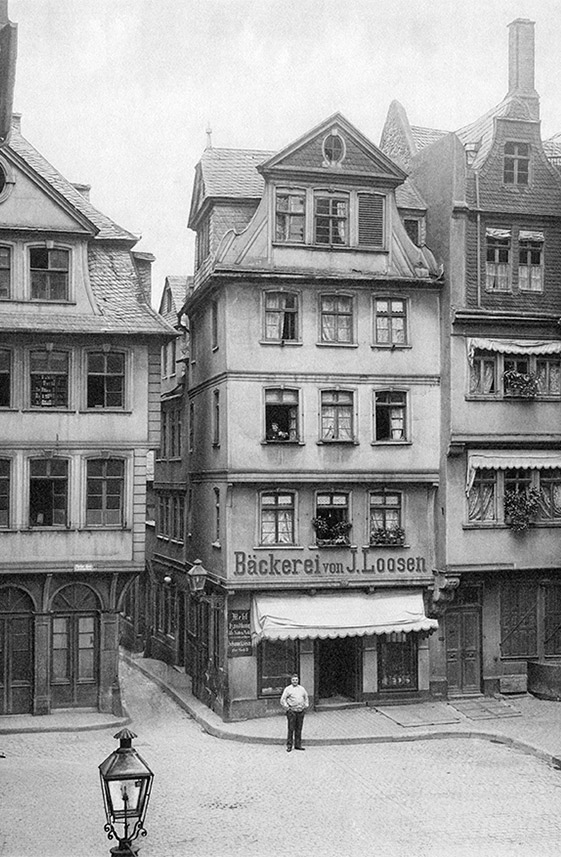
STRIKE OUT IN NEW DIRECTIONS
Under the directorship of Max Hollein, the years after 2001 were marked by the development of a stringent profile for the SCHIRN. The program now came to center on nineteenth- and twentieth-century and contemporary art. The character of the presentation also changed, aimed at clearly distinguishing the Schirn’s range of offers from those of the museum. The Schirn’s exhibitions address a large public. The goal of being the region’s most popular institution in terms of attendance has repeatedly been more than achieved, and especially so in recent years. However, the SCHIRN’s success is not measured by visitor numbers alone, but likewise by its ambitious program and the resonance it leaves behind in the art world and in the public.
VIVID INSTITUTION
As a civic institution, the SCHIRN can rely on its contracting entity, the City of Frankfurt, which continuously supports its activities and provides it with a secure perspective for the future. Nevertheless, a program of such wealth, quality, and vibrancy cannot be kept alive without the support of corporate partners, non-profit foundations, and the members of the “FRIENDS of the SCHIRN KUNSTHALLE.” The dynamic synergy between the City of Frankfurt, the institution’s numerous sponsors, patrons, and supporters, as well as its many partners from a wide variety of sectors make it possible for the Schirn to realize its exhibitions with outstanding loans from throughout the world. Without the considerable trust and the exceptional collaboration with artists, representatives of a globally networked museum landscape, collectors, and gallerists, the SCHIRN would not be what is it today—a highly active and lively institution with a clear-cut cultural and educational mission for the future.
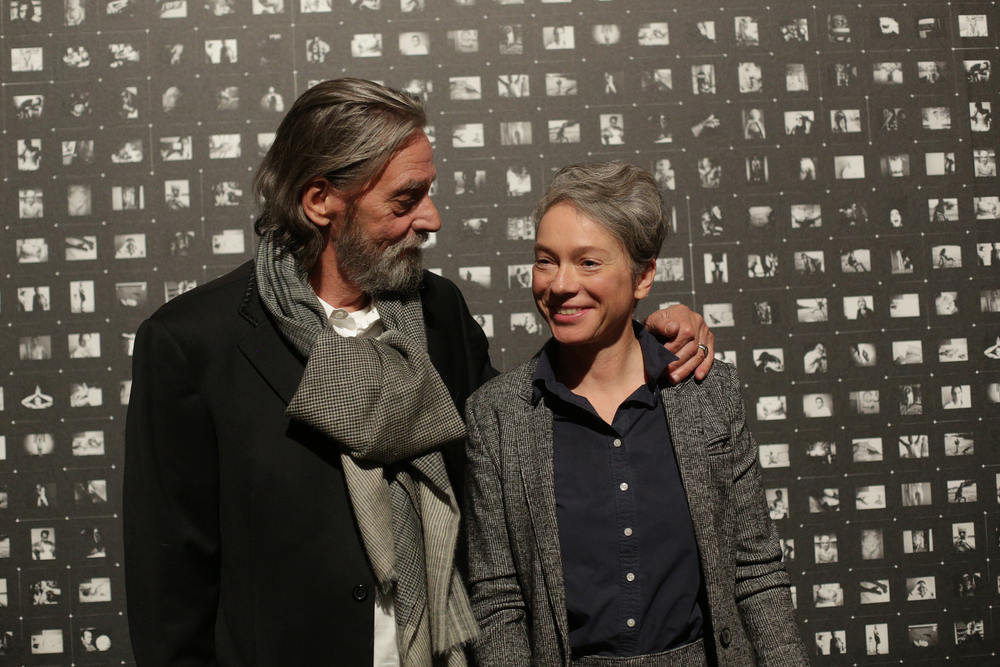
BOARDS
Supervisory Board
Ina Hartwig, Nargess Eskandari-Grünberg, Christian Setzepfandt, Frank Maiwald, Sylvia Momsen, Laura Heeg
Board of the FREUNDE DER SCHIRN KUNSTHALLE E. V.
ANTJE CONZELMANN, JAN BAUER, Sebastian Baden, SYLVIA VON METZLER
HONORARY MEMBER
MAX HOLLEIN, CHRISTIAN STRENGER
Board of trustees of the FREUNDE DER SCHIRN KUNSTHALLE E. V.
FLORIAN SCHILLING chairman, CLEMENS BÖRSIG, ANDREAS DOMBRET, ARMIN VON FALKENHAYN, ERNST FASSBENDER, DIEGO FERNANDEZ-REUMANN, JÜRGEN FITSCHEN, PETER GATZEMEIER, JOACHIM HÄGER, ELISABETH HAINDL, HELMUT HÄUSER, MARLI HOPPE-RITTER, CATHARINA JURISCH, WOLFGANG KIRSCH, GISELA VON KLOT-HEYDENFELDT, SALOMON KORN, RENATE KÜCHLER, JÖRG KUKIES, CHRISTOPH MÄCKLER, ANDREAS MUSCHTER, LUTZ R. RAETTIG, ULRIKE VON DER RECKE, TOBIAS REHBERGER, HORST REINHARDT, MICHAEL RIEDEL, MARTIN SCHOLICH, WILLI SCHOPPEN, STEFAN SCHULTE, DORIS MARIA SCHUSTER, VICTORIA ZIMMERMANN VON SIEFART, WOLF SINGER, CLAUDIA STEIGENBERGER, BETTINA VOLKENS, EBERHARD WEIERSHÄUSER, MARTIN WIESMANN, NORBERT WINKELJOHANN, SUSANNE ZEIDLER, ROLF E. BREUER (Honorary Member)
SCHIRN Publications
Each SCHIRN exhibition is accompanied by a publication. As part of the exhibition project, the catalog is its continuation in printed form and enables you to continue to engage with the art and issues addressed in the exhibition well after it has actually finished. The concept and specific content of each publication is devised parallel to developing the exhibition. Selected authors, and they tend to be experts, artists or journalists, explore the respective topic in the form of essays, shed light on it from different angles, and in this way supplement the exhibition project by emphasizing additional interesting aspects of the subject.
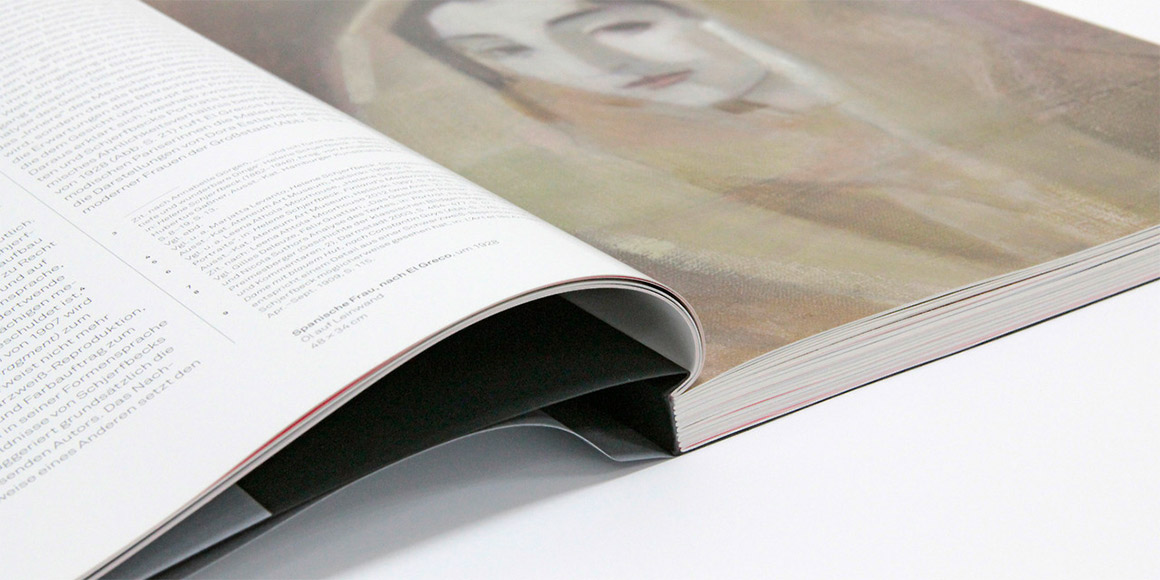
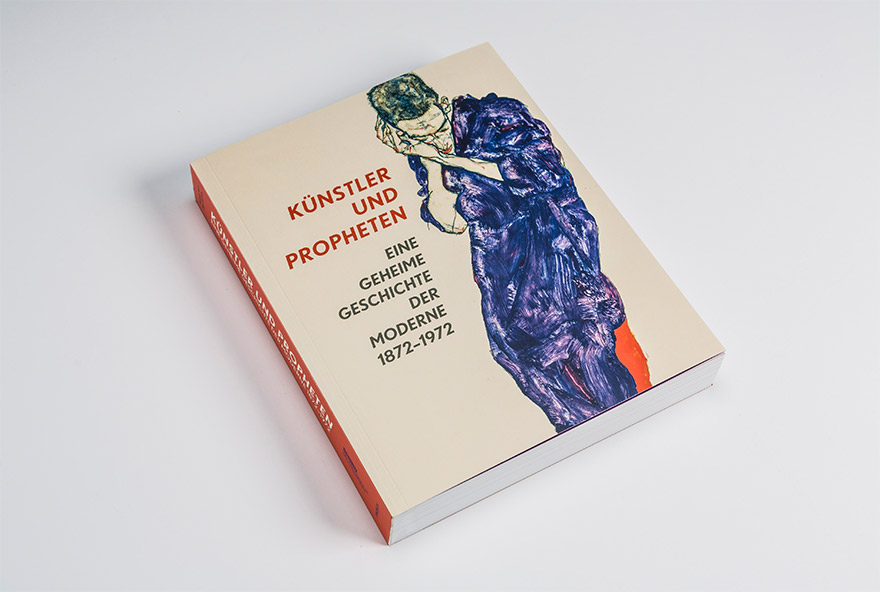
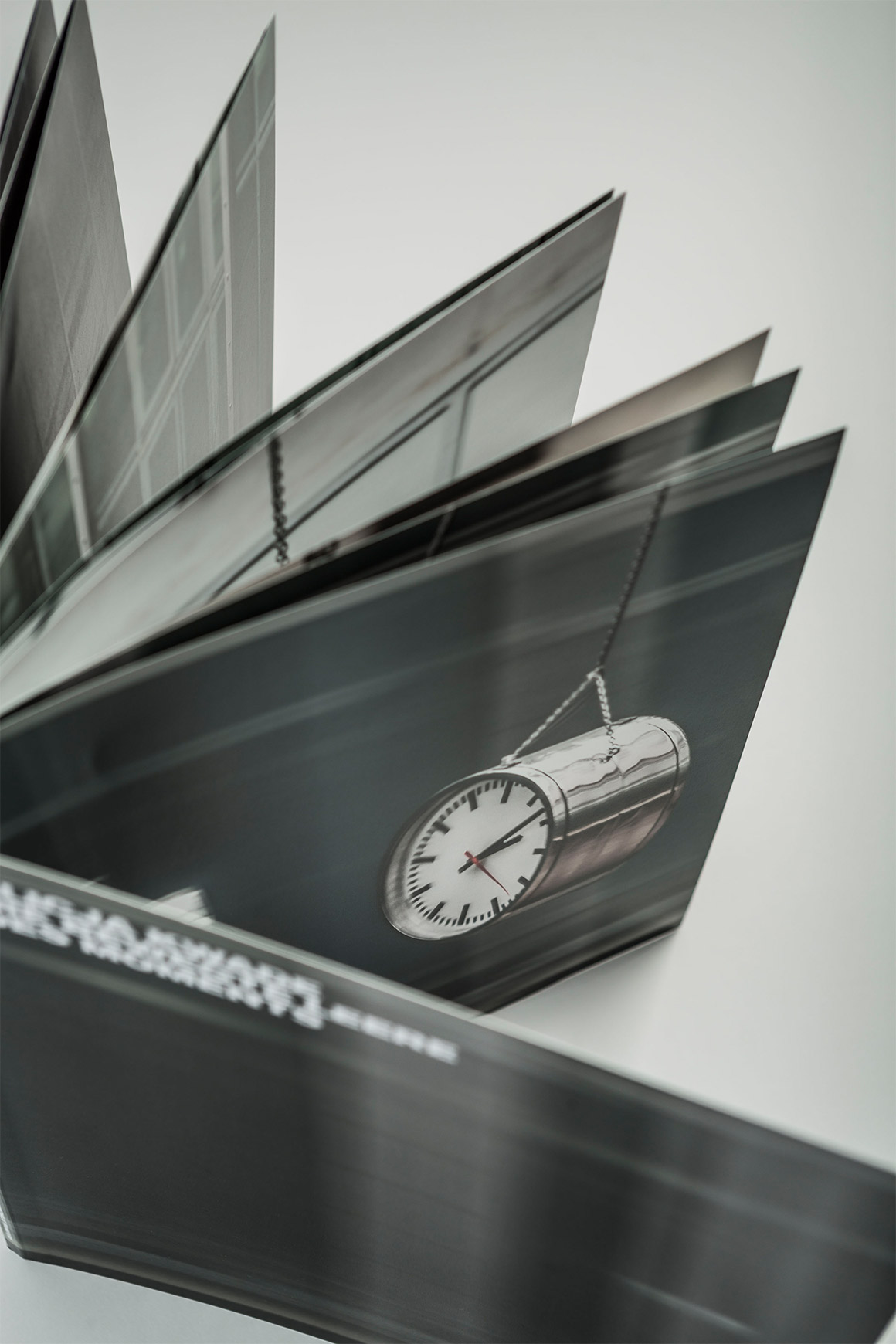
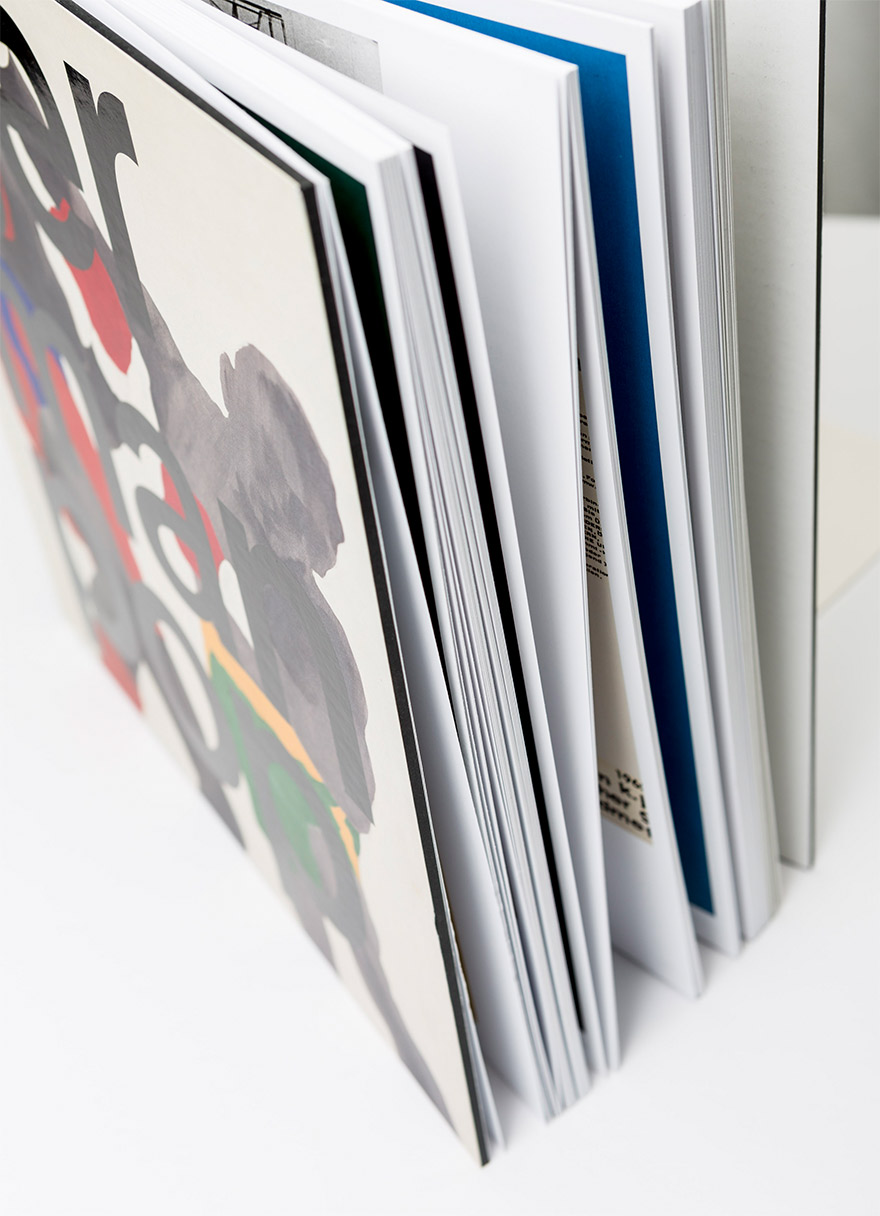
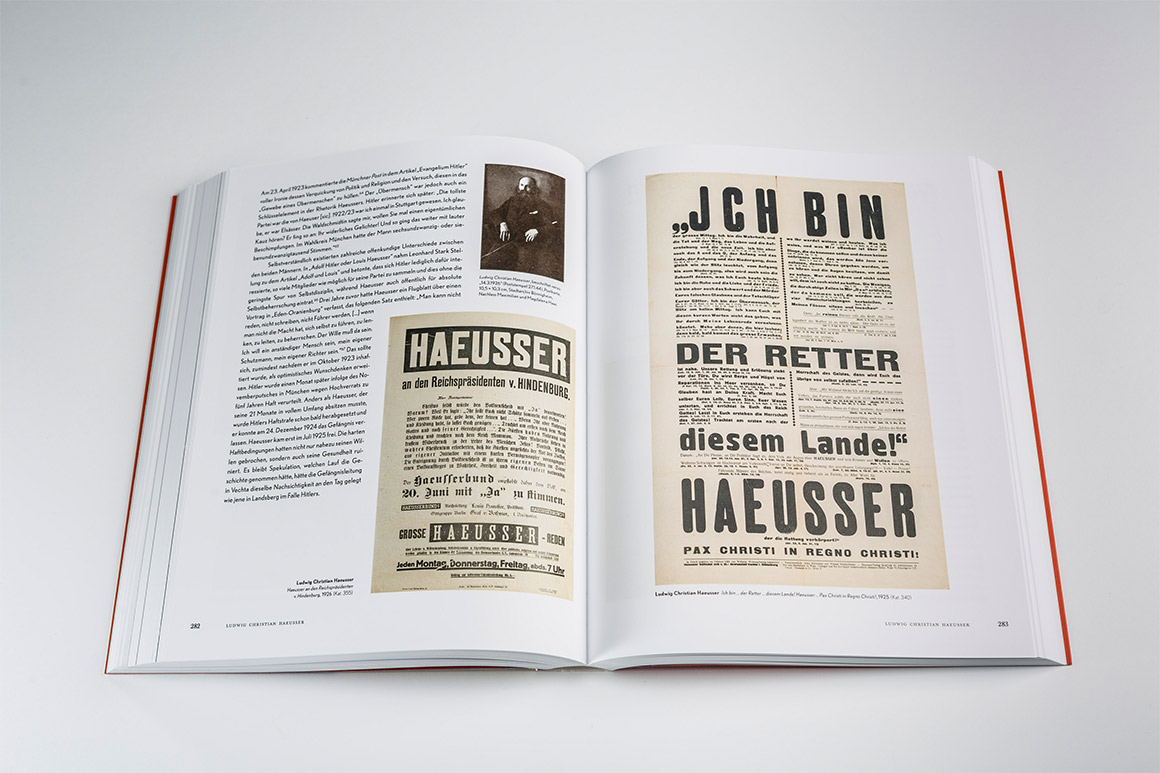
SCHIRN MAG COLUMNS
Follow the curators of the SCHIRN on their travels through the art world and look over their shoulder while they are planning new exhibitions and meet up with artists.
SCHIRN TEAM
DIRECTOR
Sebastian Baden
DEPUTY DIRECTOR
Esther Schlicht
CURATORS
Esther Schlicht,
Head of Exhibitions
Katharina Dohm
Ingrid Pfeiffer
Matthias Ulrich
Martina Weinhart
DIRECTOR'S OFFICE
Katharina Schuchmann
Samira Koch
CURATORIAL CONSULTANT TO THE MANAGEMENT
Luise Leyer
CURATORIAL ASSISTANTS
Theresa Dettinger
Cornelia Eisendle
PRESS / PR
Johanna Pulz, Head of PR
Julia Bastian
Thea Stroh
Maya Röttger
MARKETING / COMMUNICATION
Luise Bachmann, Head of Marketing
Heike Stumpf
Angelika Schäfer
Doroteya Shmileva
ENGAGEMENT
Hannah Doll
Corinna Fröhling
EDUCATION
Laura Heeg, Head of Education
Simone Boscheinen
Lisa Reinhard
Rene Philipp Sander
Olga Schätz
Sarah Schweizer
Samanea Karrfalt
PUBLICATIONS
NATALIE STORELLI
SCHIRN MAG
Julia Schaake
REGISTRAR / ORGANISATION
Caroline Käding,
Head of Organisation
Elke Walter
Fanny Bengsch
EVENTS
Selma Wels, Head of Events
Vivien Shahzad
TECHNICAL RESOURCES
Christian Teltz,
Head of Technical Resources
Oliver Taschke
Stefan Schell
ADMINISTRATION / ACCOUNTING
Boris Deckelmann, Head of Administration/Accounting
Tanja Mayer
Kristian Strauß
INSTALLATION
Andreas Gundermann,
Head of Installation
TICKET DESK
Chrissy Kalla, Head of Reception
Nazareth Zeggay
CLEANING SERVICES
Rosaria La Tona, Head of Cleaning Services